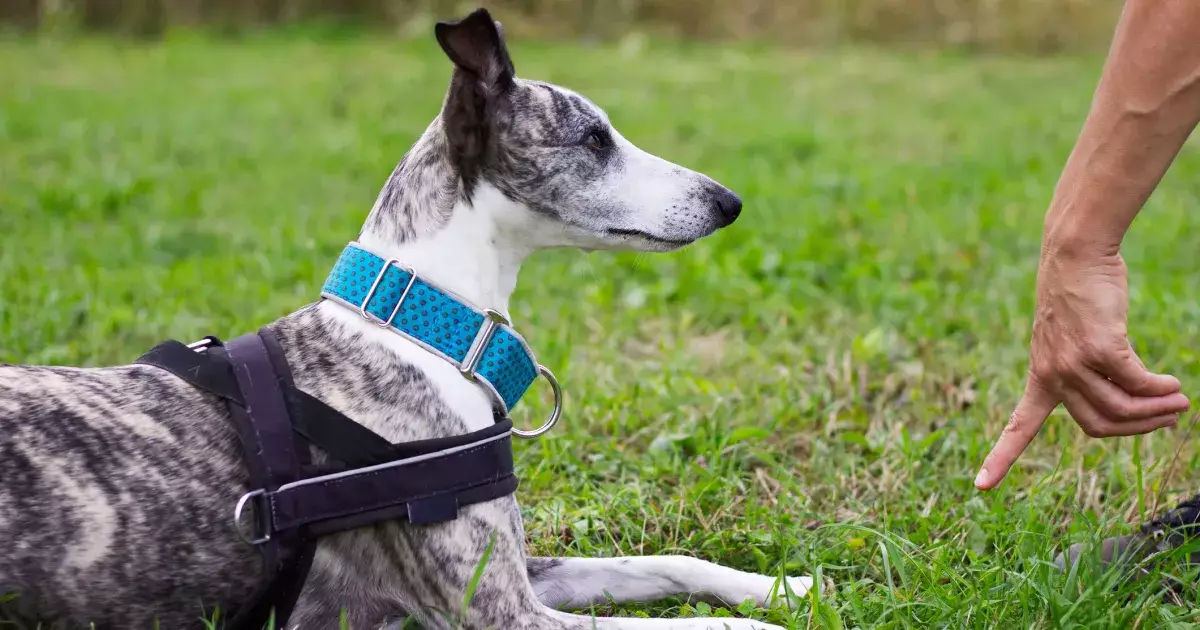Training your dog is an enriching journey that strengthens the bond between you and your canine companion. Once your dog has mastered basic commands like “sit,” it is crucial to move on to the next step: teaching them the “down” command. This foundational skill not only enhances obedience but also serves various practical applications in daily life. In this article, we’ll explore effective strategies to teach your dog the “down” command, and provide tips for overcoming common challenges.
Choosing the Right Environment
When initiating training for the “down” command, the environment plays a pivotal role in your dog’s ability to focus and learn. Begin in a familiar, quiet space such as your home or yard, free from distractions such as other pets, loud noises, or enticing smells. Creating a calm atmosphere allows your dog to concentrate better and absorb the lesson effectively.
Once your dog is in a serene setting, you can utilize an irresistible treat—be it a tasty morsel or a piece of kibble—to entice them. The use of positive reinforcement is essential; rewards not only motivate your dog but also create a positive association with the command.
Start with your dog in a sitting position. Hold a treat close to their nose to capture their attention, and then lower it gradually towards the floor. The goal is to guide them into a lying position. As soon as your dog’s belly touches the ground, shower them with praise and follow up with the treat. Enthusiastic encouragement reinforces their good behavior and encourages them to repeat the action.
Repetition is key in any training regimen. Continue the exercise multiple times, and eventually introduce the verbal cue “down” right before luring the dog with the treat. Timing your command just before the action will help them associate the word with the behavior, solidifying their understanding over time.
Gradually Reducing Treat Dependency
As your dog becomes more proficient at lying down on command, begin to phase out treats gradually. This doesn’t mean removing all rewards; offer treats intermittently to maintain their interest and enthusiasm for the command. Recognize that when your dog responds quickly and precisely, it’s an appropriate time to reward them, but use treats sparingly. Over time, aim for verbal praise and affection to further foster loyalty and trust without relying solely on food rewards.
During the training process, you may encounter situations where your dog either stands up when they should lay down or struggles to follow the command. If your dog stands up, simply withhold the treat by keeping it in your closed hand. Wait patiently for them to lower their body again, and as soon as their belly hits the ground, provide praise and the treat. In scenarios where your dog lowers their head but lifts their hindquarters, adjust your treat positioning. By moving the treat towards their chest or under a raised leg, you can encourage them to lie down fully.
Once your dog has grasped the concept of lying down, it’s time to slowly increase the complexity of the command. Start by stepping back gradually, giving the command from varying distances. You might also introduce distractions, such as other people or animals in the vicinity. Always ensure that your dog responds reliably to the command before adding new challenges. If your dog begins to falter, revert back to simpler tasks to reinforce their understanding of the command.
The Journey of Training as a Bonding Experience
Ultimately, teaching your dog the “down” command is not merely about compliance; it’s about fostering mutual respect and understanding. Each training session is an opportunity to deepen your relationship and improve communication. Remember that patience and consistency are your best allies in this rewarding endeavor. Celebrate small victories, and maintain a fun, engaging atmosphere to keep your dog enthusiastic about learning. With time, persistence, and love, your dog will master the “down” command, enhancing both obedience and companionship in your shared adventures.

